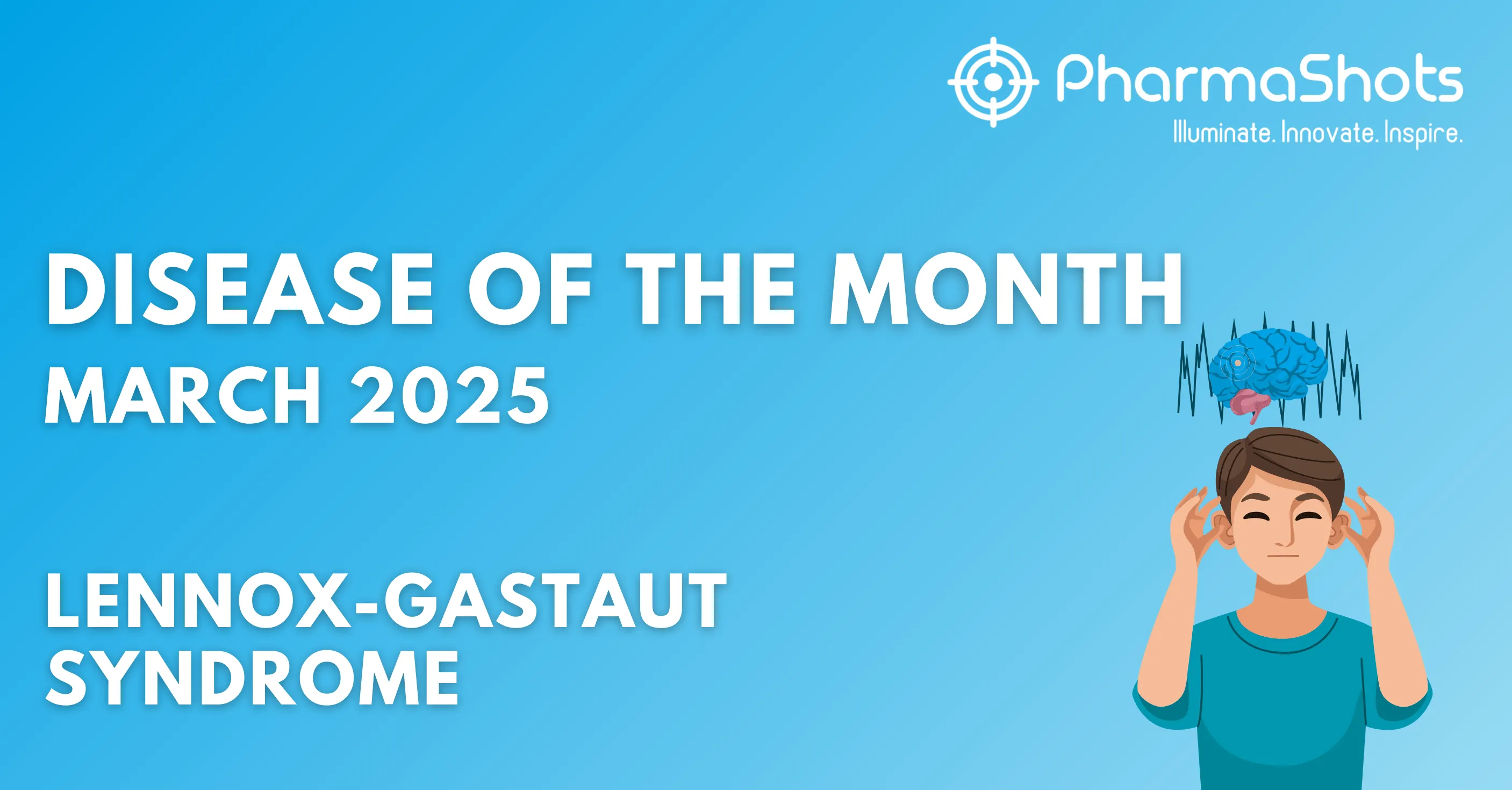
Disease of the Month: Duchenne Muscular Dystrophy (DMD)
INTRODUCTION
Duchenne Muscular Dystrophy (DMD) is a rare and the most frequent genetic neuromuscular disorder affecting all races and ethnicities (affecting approximately 1 in 3,500 population). It is characterized by progressive muscle weakness and some specific abnormalities like changes in muscle fiber size, scar tissue formation, muscle fiber necrosis, and inflammation evidenced from muscle biopsy from the patients. Duchenne Muscular Dystrophy is the most severe end stage of the four conditions known as Dystrophinopathies (a range of muscle diseases, each caused by variation in the dystrophin gene). The other three less severe conditions included in the category are DMD-associated dilated cardiomyopathy, Becker Muscular Dystrophy (BMD, a mild form of DMD), and an intermediate clinical presentation between DMD and BMD. The disease is progressive in nature and majorly patients require a wheelchair by their teenage years.
CAUSES
DMD is an X-linked disorder and primarily occurs in males, though is seen rarely in females. DMD is caused by a mutation of the DMD gene on the X chromosome’s p (short arm) arm (Xp21.2). The production of Dystrophin protein is regulated by this DMD gene which is responsible for maintaining the integrity of the cell membrane of cardiac and skeletal (voluntary) muscle cells. The inner side of the membrane that covers muscle fibers have Dystrophin attached to it. As a result of the mutation of the DMD gene, the Dystrophin protein will be absent which will cause muscle fiber degradation. Some muscle fibers can be replaced (regenerated) by the body, but as time passes, more and more muscle fibers are lost. Such degeneration results in DMD symptoms and findings.
Some females with a single copy of the DMD gene (gene carriers or heterozygotes) may display some of the disease's symptoms, such as weakening in some muscles, particularly the arms, legs, and back. Female carriers who experience DMD symptoms are also at risk for developing heart problems, which can lead to breathlessness or exercise intolerance. In such affected ladies, heart defects might result in life-threatening problems if left untreated.
SIGNS & SYMPTOMS
The clinical hallmark of the disease is weakness and atrophy (wasting) of different voluntary muscles. DMD often appears in children between the ages of 3 and 6 years. The first sign of muscle weakness is usually poor head control. Many affected children start walking at the appropriate age of 1 year. But the weakening of hip muscles may begin as early as the second year of life, causing the affected toddlers to stand with their lower backs arched (scoliosis). The affected children may start facing difficulty standing up from a seated position without pushing through their arms (Gower’s sign) and start to waddle (Trendelenburg gait) between the ages of 3 and 5 years. As young as age 7, children may lose their ability to walk. By the time they are 10-12 years old, most become confined to a wheelchair.
Other characteristic features include:
- Inability to jump
- Enlarged calf muscles
- Difficulty going upstairs
- Enlarged calf muscles
- Walking on tip-toe
- Progressive muscle weakness
- Facial weakness (including the inability to close eyes or whistle)
- Intellectual impairment (most have only learning disabilities)
The caretakers of affected children may notice abnormal clumsiness, frequent falling, and weakening of the shoulder and pelvis. With the progression of the disease, some serious life-threatening complications can develop like heart muscle disorders (cardiomyopathy, enlargement of heart muscle tissue, or irregular heartbeat) and respiratory (breathing) difficulties.
TREATMENT
There is no known cure for DMD. Treatments are targeted at the particular symptoms. To strengthen muscles and avoid contractures, treatment choices should include physical therapy and active and passive exercise. Some patients may need surgery to treat contractures or scoliosis. Contractures can be avoided with the use of braces. It may be required to employ mechanical assistance (such as wheelchairs, braces, and canes) to help in walking (ambulation).
Currently, corticosteroids are used as the first line of treatment for DMD. These drugs decrease the progression of declining strength (progression of muscle weakness) in the patients and delay ambulation loss by 2-3 years. One such corticosteroid is Viltepso (viltolarsen) injection developed by NS Pharma. The drug received accelerated approval by U.S. FDA on 12 Aug 2020 for patients who have confirmed DMD gene mutation which is amendable to exon 53 skipping.
Viltepso was studied in children as young as 4 years. It was designed for binding to and inducing skipping of dystrophin pre-mRNA’s exon 53, which results in the production of shortened dystrophin protein containing essential functional portions. Exon skipping is a genetic method that, in patients with DMD, essentially “skip over” an exon close to the deleted exon(s). Viltepso can treat over 50 DMD gene mutations including (but not limited to), 45-52, 47-52, 48-52, 49-52, 50-52, and 52 of the dystrophin gene.
Single-dose vials of Viltepso are available and contain a 250 mg/5 mL (50 mg/mL) solution. The recommended dosage of Viltepso 80 mg/kg is given once per week as a 60-minute IV infusion. The dosage is dependent on the patient's body weight.
In the two clinical studies of Viltepso, a total of 32 patients were included. All of whom were male and had DMD that had been genetically proven. In one of those which involved 16 DMD patients and 8 of them getting Viltepso at the indicated dosage, the rise in dystrophin production was on average, from baseline levels of 0.6% of normal to week 25 values of 5.9% of normal. According to FDA, in individuals with DMD who had a verified mutation of the dystrophin gene amenable to exon 53 skipping, the applicant's data showed an increase in dystrophin production, which is likely to predict clinical benefit. The drug's clinical efficacy has not been shown. The FDA took into account the drug's potential risks, the fact that the disease is debilitating and life-threatening, and the lack of treatments before reaching this decision
The FDA indicated the company to perform a clinical trial to verify the drug's clinical benefit as part of the accelerated approval procedure. The ongoing investigation will determine whether Viltepso prolongs standing time in DMD patients with this known mutation. The FDA may start legal action to revoke the drug's approval if the trial shows no clinical benefit
The side effects that were most commonly observed in DMD patients treated with 80 mg/kg once a week (combined from the two studies) were respiratory tract infection, injection site reaction (including injection site erythema, swelling, bruising) cough, and fever
REFERENCES
- Duchenne Muscular Dystrophy – National Children’s Hospital
- Duchenne Muscular Dystrophy – John Hopkins Medicine
- Duchenne Muscular Dystrophy - NORD
- Duchenne Muscular Dystrophy - MDA
- Viltepso (viltolarsen) injection
- FDA News Release
Related Post: Disease of the Month: Gastroparesis Disease | PharmaShots

Akanksha was a content writer at PharmaShots. She is interested in covering recent innovations from pharma & medtech industry. She covers news related to Product approvals, clinical trial results, and updates. She is passionate, meticulous, diligent, and inquisitive. She can be contacted at connect@pharmashots.com.














